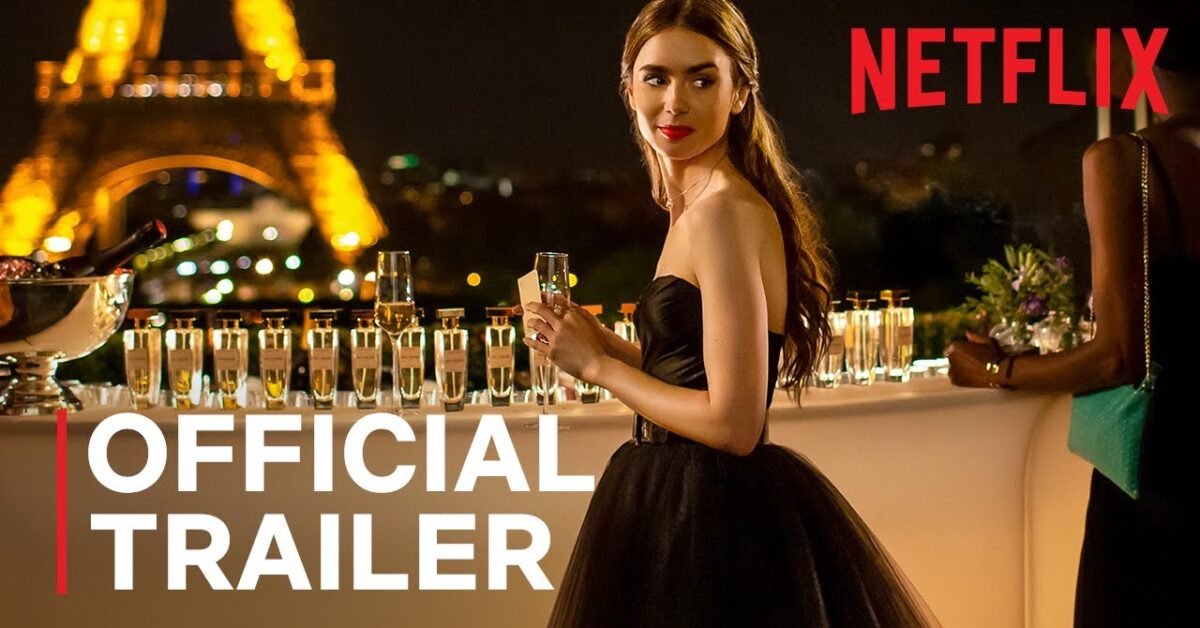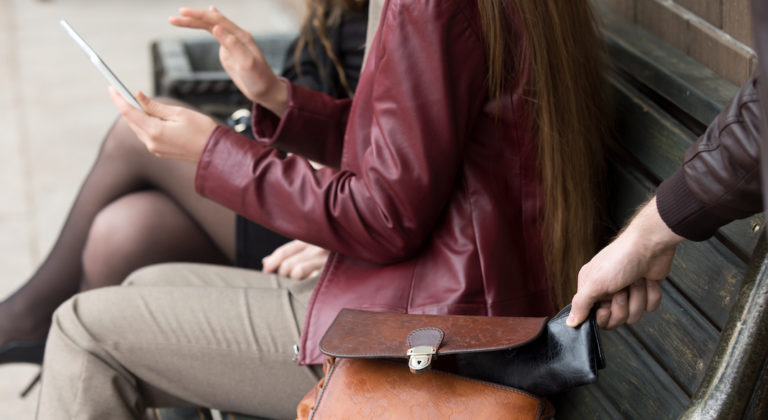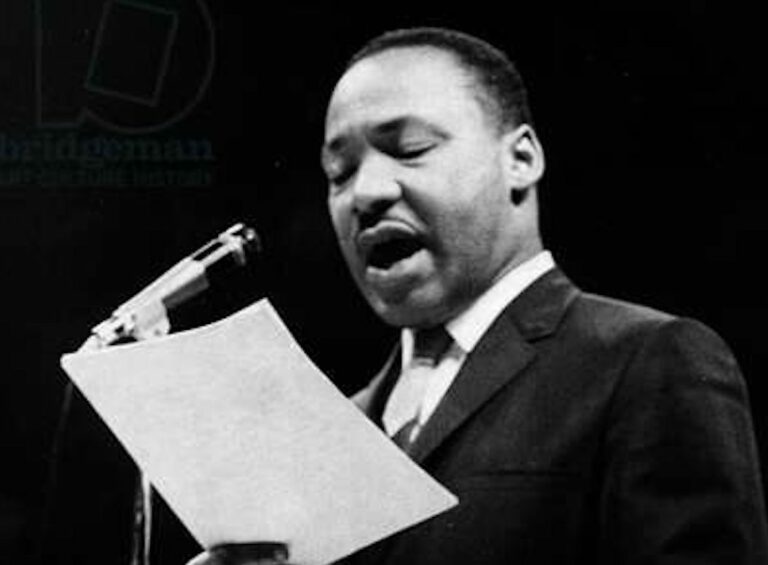“I am here to prove that a Master’s in French does not go to waste,” Kate Walsh’s character, Madeline, says in the pilot of Emily in Paris, as she prepares to move to Paris to oversee the acquisition of a French marketing company by her big Chicago firm.
But Madeline never gets to prove this, as a twist of fate sends the titular Emily, played by Lily Collins, in her place. Cosmopolitan without being chic, moneyed with no class, and exhaustingly, unapologetically American, Emily is a type that show creator and mastermind behind Sex and the City, Darren Star, is familiar with.
The show, which also receives the full treatment from Patricia Field, Sex and the City’s iconic costume designer, had a lot of hype from SATC fans. It almost literally picks up where SATC left off. In the final two episodes, “An American Girl in Paris (Part Une)” and “An American Girl in Paris (Part Deux)”, Carrie Bradshaw finds herself moving to Paris with a man, only to find herself lost in translation and completely isolated. She ends up back in New York where she belongs, with the great Parisian disappointment swept under the rug.
It makes you wonder what beef Darren Star has with the French capital, and particularly with the French themselves. Emily faces struggles similar to Carrie’s, mainly centered around her inability to speak the language, and her complete lack of anything resembling subtlety. The French people she interacts with are portrayed as mean, snobby, and sexist. Sylvie, her new boss, bent on forcing her out from day one, is “a woman, not a feminist.” Her clients cheat on their wives with their mistresses, and try to cheat on their mistresses with young American girls. Her coworkers dub her “la plouc” (“the hick”), and exclude her from work lunches and important client meetings.
But despite the exaggerated responses to this clueless American, you can hardly blame them. Emily’s collection of Eiffel Tower shirts, charms, and even Sacré Cœur-print lingerie, are “so obvious,” in Sylvie’s words, that they make you wonder who exactly thought she could hack it in the luxury goods industry. And Pat Field does not skimp on the berets and – sweet Jesus – on the bucket hats, which get so much screen time that Emily spends an entire episode being called “Bucket Hat” by a bratty American actress.
There’s also a tendency to over-explain minor differences between France and America. Some, like Emily learning why you don’t send food back at a French restaurant, feel all too accurate for anyone who’s ever traveled with (or been) an entitled American. Others, like Emily’s inability to remember which floor she lives on (because the ground floor is not the first floor), are harder to buy.
But if you can make it past the French stereotypes and the wild fashion choices, watching Emily in Paris is like eating a Dean & Deluca croissant: light, fluffy, unflinchingly American, and too good not to finish in one sitting.
https://www.instagram.com/p/CF7PcByHyB4/
Outside of work, Emily’s got a smoking hot love interest (played by Lucas Bravo), a frustratingly cool parisienne, and an expat instant-BFF to keep her company. The last, Mindy, played by Ashley Park from Broadway’s Mean Girls, is low-key the most interesting character on the show. A Chinese zipper heiress who flees to France to become a nanny after a traumatic singing competition experience, Mindy is the bridge between Paris and the outside world. She understands the French without judging them, though even her coolheaded explanations do nothing to change Emily’s willing ignorance. When asked, for example, about the French attitudes towards infidelity, she says, “The French are romantics, but they’re also realists.”
If the show creators had wanted to paint a more dynamic and accurate portrait of Paris, it’s this kind of attitude that would have served them well. Emily in Paris champions bulldozing over French tradition with American optimism and grind culture. Its protagonist refuses to adapt to her new world, and when she gets punished for her rigidity, she chooses to blame everyone but herself. Perhaps Emily is meant to be a cautionary tale against American elitism and lack of cultural sensitivity. Perhaps she will grow more in potential future seasons. We’re willing to give it the benefit of the doubt.
All in all, Emily in Paris is something between an American francophile’s greatest dream and worst nightmare. It takes place in a fantasy version of Paris that is, nonetheless, intoxicating. It’s beautiful and romantic, if far from realistic. And if you’re willing to allow it some leeway, it’s a lot of fun to watch.






